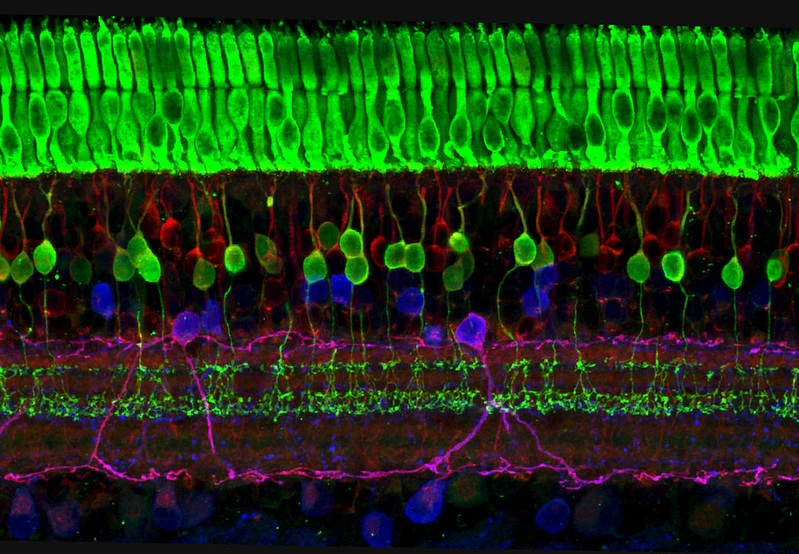In the world of peptide synthesis, a game-changing innovation has emerged – a remarkable cocktail designed to enhance the cleavage and deprotection of methionine-containing peptides. This groundbreaking concoction, known as Reagent H, is set to transform the landscape of solid-phase peptide synthesis, particularly for those using the 9-fluorenylmethoxycarbonyl (Fmoc) methodology.
Unveiling Reagent H: Your Key to Methionine Side-Chain Protection
Reagent H, comprised of trifluoroacetic acid (81%), phenol (5%), thioanisole (5%), 1,2-ethanedithiol (2.5%), water (3%), dimethylsulphide (2%), and ammonium iodide (1.5% w/w), has been meticulously crafted to minimize the pesky oxidation of methionine side chains during synthesis. Its exceptional performance is exemplified in the synthesis of a model pentadecapeptide from the active site of DsbC, a pivotal player in protein disulfide bond formation.
The Triumph of Reagent H: Methionine Sulphoxide Conquered
When put to the test, Reagent H outshone its competitors, cocktails K, R, and B. The crude peptides obtained from these widely used mixtures contained a staggering 15% to 55% of methionine sulphoxide. However, Reagent H demonstrated its prowess by yielding pristine peptides devoid of methionine sulphoxide. Remarkably, even when 1.5% w/w NH4I was added to cocktails K, R, and B, they couldn’t match the perfection achieved by Reagent H, although their yield of the desired peptide fell short.
Unraveling the Mysteries: A Closer Look at Reagent H’s Mechanism
But how does Reagent H achieve this remarkable feat? We delve into the proposed mechanism behind its in situ oxidation of cysteine, shedding light on its impressive ability to safeguard methionine side chains while delivering high-quality peptides.
In the world of peptide synthesis, Reagent H stands as a beacon of hope for researchers seeking purity, precision, and protection in their work. Its ability to minimize methionine side-chain oxidation is nothing short of revolutionary, promising a brighter and more efficient future for peptide synthesis enthusiasts. Say goodbye to impurities and hello to perfection with Reagent H.
